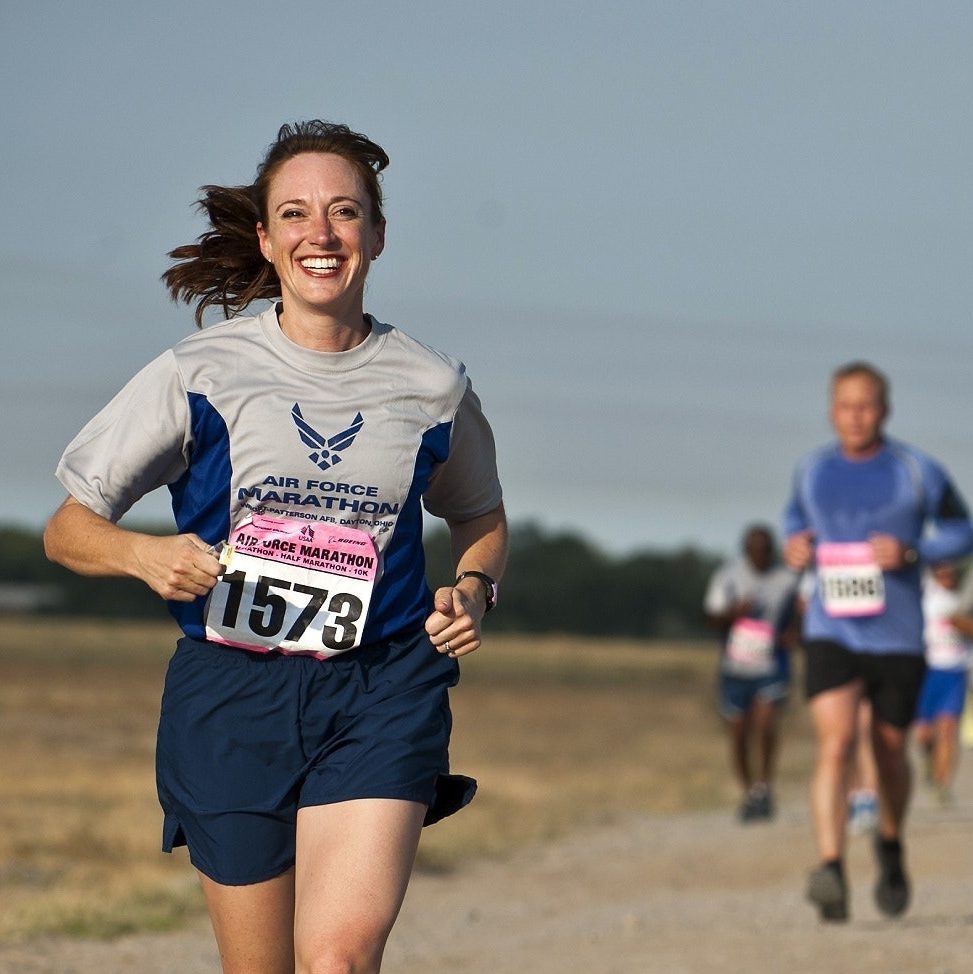Menopause and exercise – navigating the transition
Menopause can bring with it a plethora of symptoms, mental and physical.
While these symptoms will affect each person in different ways, exercise and movement help mitigate and manage the impacts.
So how can you optimise and tailor your exercise habits to support your best possible menopause experience – before, during and after?
Michelle (Mish) Wright is on a mission to educate the fitness industry on the changing exercise needs of people experiencing menopause in a field largely tailored to young, fit men. She shared her top tips on which exercises are most beneficial during menopause and how to build regular exercise habits even if you’re time-poor.
How do changing hormones affect our bodies?
During the journey into perimenopause, oestrogen levels can be highly unpredictable then drop dramatically, reducing many protective benefits for our bones, joints and organs. Levels of progesterone, testosterone and melatonin also drop, impacting our bodies in many ways.
Less oestrogen reduces bone strength and density. Muscle and bone mass is the currency for aging well so aim to be as strong as you can as you head into perimenopause. Strength and impact training help create and maintain good bone health and will be beneficial at any stage.
Less oestrogen means less collagen and thus elasticity and anti-inflammatory protection in our joints. They become stiffer and less flexible, especially in post-menopause. This might increase the level of soreness after exercising so allow sufficient recovery time.
Less oestrogen weakens the pelvic floor which can increase the risk of prolapse, where the bladder, uterus or bowel drop out of place, potentially creating continence issues. Leaking is an indication that your pelvic floor is asking for help. A pelvic health physiotherapist can provide advice.
Oestrogen reduces cholesterol in our blood, protecting our heart and liver. Maintaining cardiovascular exercise will help keep your heart healthy. Recognise that this impacts how the liver processes food and alcohol which can affect sleep and wellbeing.
As oestrogen levels fluctuate, menstrual periods may become unpredictable, anything from no flow to extremely heavy. Heavy periods can result in a drop in iron and thus energy so be aware of how this may impact your motivation and ability to exercise and seek advice from your menopause doctor.
Tip! Use Mish’s perimenopause checklist to track what’s happening with your body to take into medical appointments.
Exercising for a better menopause
Exercising regularly, and with variety, can help you maintain health and vitality as you navigate the menopause transition. You know your own time and circumstances best, so prioritise the exercises that will be most beneficial to you.
As with any exercise program, if you have any concerns or questions, consult with your medical professional and seek an exercise prescription from someone informed about menopause to work out what’s right for you.
Strength, resistance and impact training is good for mood, muscle and bones. Aim for two sessions a week. You need to overload muscles to achieve strength gain so make sure your muscles feel like they’ve worked and leave a gap in between sessions for recovery.
Cardio / aerobic exercise is good for hot flushes and brain fog, as well as heart health. Aim for 30 minutes every day with at least some of that time at an intensity where it’s hard to talk.
Flexibility exercises help manage cortisol levels so are good for stress reduction and sleep. Do this daily. It might be yoga, tai chi or even just moving every part of your body in all directions while in the shower. Sneak some in when weight training by doing a few moves without weights first.
Building healthy habits
Motivation matters! Women in their 40s are the highest demographic to exercise inconsistently or not at all, with lack of time and motivation being the main reasons at a time when they are often sandwiched between caring for parents and children, whilst also juggling careers and carrying the mental load of house management.
Mish’s advice is to ‘Kick ARS’! That’s adventure, rest and scheduling.
Adventure: Injecting a sense of adventure into your life, big or small creates motivation and is great for the brain. This can range from varying the route of your daily walk to tramping in New Zealand. Revisit an activity you loved in your youth to keep the motivation going.
Rest: Both sleep and recovery matter.
Most powerfully, get your sleep sorted. For some, hormone support during menopause may help so speak to your doctor to find out what’s right for you.
Post-workout recovery is important. Exercise creates micro tears in the muscle, which cause soreness. Rest provides time for your muscles to repair and grow. Recognise that you might need more time to recover as you progress through menopause.
Go bush! Time spent in nature provides superb rest and recovery – this has been well researched.
Scheduling: Schedule exercise into your daily life and make it a habit. Diarise it and find ways to make it stick. Find opportunities for habit stacking. For example, start a coffee or lunch date with a walk. Join a club or class. Even better, do it with a friend.
Be positive and take action!
Menopause is a time of change and much more than just the expiration of reproduction. Taking positive, empowered action can make a real difference.
Research has found that women who hold positive attitudes towards menopause often report milder symptoms and a smoother transition, and postmenopausal women generally have greater life satisfaction than before menopause.
Take action:
- Read The Menopause Brain by Dr Lisa Mosconi
- Download Mish’s perimenopause checklist
- Talk to your medical and fitness professionals about exercise for menopause health and wellbeing. Demand more from the fitness industry and they will respond.
- And just keep moving – every day!
Menopause Friendly membership gives you access to resources and documents that can support you in producing your policy. If you’re not already a member, chat to us today and find out more about joining.


